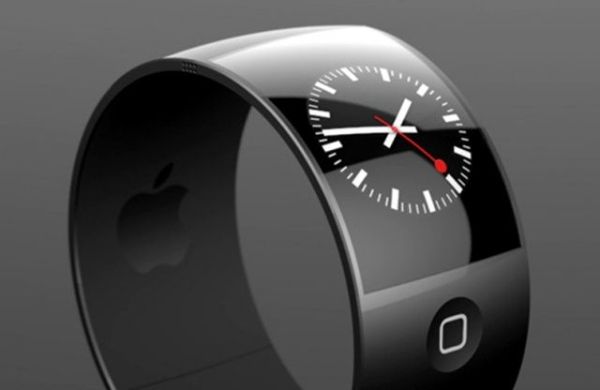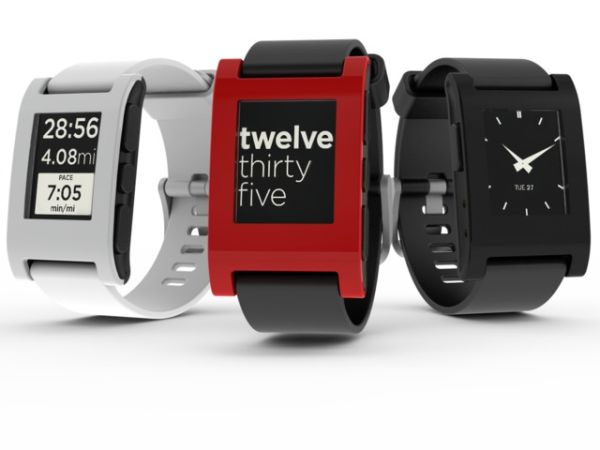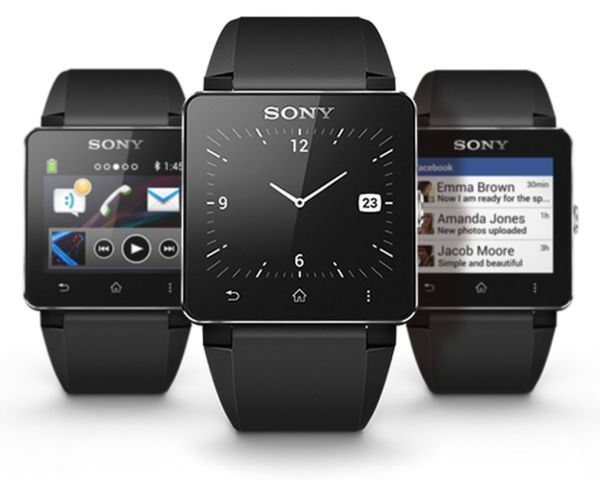
I am writing this article in July of 2013, amidst almost daily updates from around the web of opinions, news and rumors about smartwatches. The real question everyone is trying to answer is “when will a smartwatch (i.e. wearable computing product) that I want to wear be available?” No one has an answer yet. The smartwatch is here. It has been here for decades. We are simply waiting for a modern evolution of what people have loved for 100 years – wearable gadgets.
Designers from Apple have e-mailed me with questions about mechanical watches that they want to buy for themselves. None of them have said, “just you wait until we release what we’ve been working on.” In my opinion the people at Apple who are working on the iWatch aren’t part of the typical group of designers and programmers. Rather, Apple is relying on as much outside help as possible. They did this when they released the iPhone and the original iPod, and again as they embark on the design of something not yet proven, they will seek outside expertise. Nothing wrong with that. Even though most technologists are pretty sure Apple is working on an iWatch or other wearable computing device, no one has any idea when we might see one. In my opinion it won’t be anytime soon. Apple for one cannot afford to release a half-baked product. And “half-baked” is probably the most accurate word to describe most of the modern smartwatches out there right now.

Instead, Apple (and its colleagues) are working on developing the future. They are working on the features, design, and functionality that an eventual iWatch, and all other smartwatches, will come standard with. They are attempting to develop the core user experience that is the major answer to the question so many people have of “what will a smartwatch do for me that my phone doesn’t already do for me?” The real answer is that it doesn’t actually need to do anything more, so long as it does so equally as well or maybe even a bit better.
Why People Want Smartwatches
History has proven that people like to slim-down their daily carrying load, and prefer convenience to utility in many instances. Sales of personal computers are down not because people are not computing, but rather because most people don’t need all the functions that a ‘real’ computer can offer. Most people have a computer at work, and use their own computer to check e-mail, browse the net, and watch media. Most people these day’s aren’t engaged in serious desktop publishing or gaming from home. The PC is on the decline because for many people, their smartphone or tablet does everything that they need. Traveling professionals who work for themselves (e.g. bloggers) are the types of people who need computers. So while phones and tablets offer much less functionality than a full-fledged PC, people prefer them because they are smaller, simpler, and in many instances cheaper.
The same thing could easily happen with phones. Even though phone sizes are increasing because people want larger screens, they are still an extra item that people need to carry around with them. In my view of the future, tablets replace phones offering a solid mix between actual computers and a small size, and wearable computers such as smartwatches replace phones. You don’t need extra pocket space, and they are on you at all times. Hard to make phone calls with a watch? All I need to say is that given how much people text and e-mail in relation to calling, I don’t think it will be much of a problem. There are headsets for that, etc…

My point is that the allure of the smartwatch is directly related to the allure of the next wave of personal computing, which we like to refer to as wearable computing. People are hungry for this. People are sick of lugging around one or more phones, and people want to feel less tethered to devices and more mobile. Phones are portable for sure, but they are alienating. Spend time on your phone, and no matter where you are you are isolated from what is going on. Just look at all the people on the street who are walking blindly with their faces in their phones, and drivers who look down at a phone in their lap each time they reach a stop light. The phone is still a screen you are stuck to, and people are hungry for a new sense of freedom.
I don’t know exactly what people expect with devices like smartwatches and Google Glass, but the idea seems to be that your connected device will more easily integrate into your life. Google Glass offers the promise of being ‘connected’ while engaging socially. Smartwatches offer a similar promise. The idea that you can have Facebook and still less items in your pockets or purse. In a sense, one reason people want smartwatches so badly is that they want both of their hands free again. It doesn’t even matter to most people how they will interact with a smartwatch – they assume Apple, Google, and Microsoft will figure that out for them – they crave being able to further simplify their need to constantly be connected with their need to be mobile. Wearable computing devices are the clear answer.
What About The Smartwatches We Already Have?
The smartwatch was arguably invented in the 1980s, depending on how you define it. The 1980s was a time in the watch industry called the “quartz revolution” (or crisis if you were a mechanical watch maker). Electronic watches became cheap and ubiquitous, a move furthered by the Japanese. The Japanese wanted more than anyone to have smart watches, and they created watches with radios, television remotes, calculators, and other functions of questionable utility. It didn’t matter. Japanese watch makers like Casio, Seiko, and Citizen were on a mission to make the electronic quartz watch THE gadget of the 20th century.
